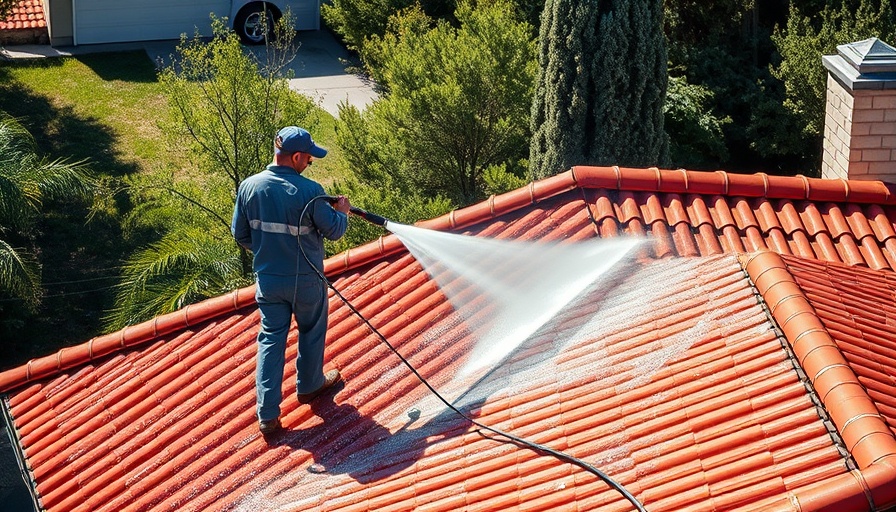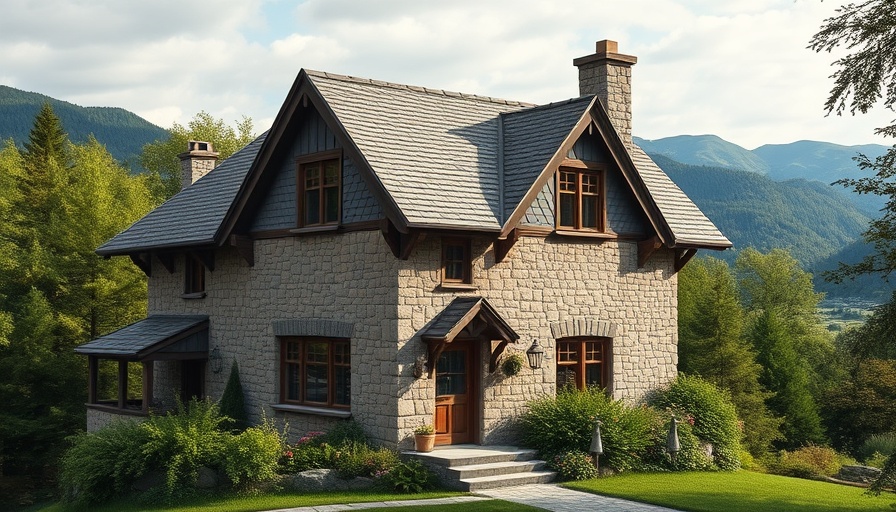
The Impact of a New Roof on Property Value
As the landscape of the US housing market evolves, one question that often arises for homeowners is whether investing in a new roof truly enhances the value of their home. The answer is resoundingly positive. A newly installed roof not only increases the market price of a home but also elevates buyer appeal significantly.
Potential buyers are increasingly cautious, often feeling overwhelmed by the prospect of substantial repairs. A roof that is visibly worn or damaged can deter interested parties, leading to fewer offers or prolonged listing times. In fact, many buyers will conduct a roof inspection prior to closing a deal. When issues are identified, it can often result in reduced offers or demands for repairs, which can be deal-breakers.
Quantifying the Value of Roofing Investments
Historically, homeowners have seen about a 52% return on investment when replacing a roof, meaning a $10,000 expenditure generally corresponds to an increase in property value of around $4,500 to $6,000. This can be pivotal in a competitive US property market, especially as buyers lean towards move-in-ready homes.
For homeowners considering selling, dealing with a deteriorating roof can lead to lost opportunities. Not only does a new roof mitigate potential inspection headaches, but it also attracts more buyers and can increase the overall appeal of the property.
Future Trends in the American Housing Market
As we look toward 2025, the real estate trends in America indicate a growing emphasis on property aesthetics and functionality. Homebuyers are more discerning and favor homes that require minimal immediate investment. Therefore, a new roof can be viewed as a strategic investment that aligns with current market expectations.
Your roof serves as a primary barrier against the elements, and a well-maintained roof can enhance your home's curb appeal. This can prove invaluable in a competitive housing market where first impressions matter tremendously.
Conclusion: The Strategic Decision to Invest
While understanding the state of your roof is crucial, weighing the potential return on investment is equally important. If your roof might scare off buyers or invite costly negotiations, consider the significant advantages of a replacement. Enhancing your home's value isn't just about aesthetics; it's about ensuring a smooth selling process in an unpredictable market.
 Add Row
Add Row  Add
Add 




Write A Comment